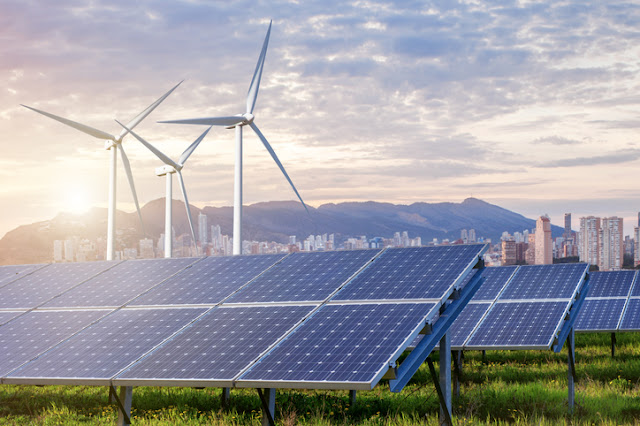Wind capacity addition to fall to 1.5 GW in FY18: India Ratings
Unwillingness on the part of state discoms to sign long-term purchase agreements at the higher feed in tariffs is likely to affect wind power generation as only 1,000-1,500 MW of capacity is likely to be added in this financial year, India Ratings (Ind-Ra) said today.
By: PTI | MumbaiAccording to the rating agency, there could be a substantial dip in capacity addition in FY18 to 1000-1,500 MW from about 5,400 MW in FY17. (Reuters)
Unwillingness on the part of state discoms to sign long-term purchase
agreements at the higher feed in tariffs is likely to affect wind power
generation as only 1,000-1,500 MW of capacity is likely to be added in
this financial year, India Ratings (Ind-Ra) said today. According to the
rating agency, there could be a substantial dip in capacity addition in
FY18 to 1000-1,500 MW from about 5,400 MW in FY17. “This will be
because of the unwillingness of state discoms to sign long-term purchase
agreements at the higher feed in tariffs and unpreparedness on their
part to come out with auctions in a big way in the near term. However,
auctions can pick up from FY19,” it said. Ind-Ra further said though the
Ministry of New and Renewable Energy has come up with detailed policies
on re powering, hybrid and offshore wind power projects in the past,
ground challenges and bottlenecks hinder a speedy progress on these
fronts. “Distributed ownership of land and non-availability of
contiguous land, due to urbanization in between, pose the biggest
challenge to re powering the wind projects nearing the end of their
life,” the agency said.
According to the rating firm, although a higher 200- 250 bps equity
internal rate of return can be earned in re powering projects than new
plants, these practical limitations can dampen the process and limit the
overall progress to a fraction of the overall potential of 3,000 MW
estimated by the ministry. Ind-Ra further said hybridization of the wind
with solar power has major advantages as wind power peaks at night and
solar power peaks during day hours, perfectly complementing each other.
“Besides, there can be saved on the land and evacuation fronts. However,
infrastructure bottlenecks are preventing hybridization of the existing
wind power plants, while the same can be planned for upcoming plants.”
According to Ind-Ra, hybrid plants can offer about one percentage
point higher returns than an individual wind or solar power plant
without trackers. Given the marginal nature of incremental returns,
industry players prefer to wait and watch before going up for the same
in a big way.


Comments
Post a Comment